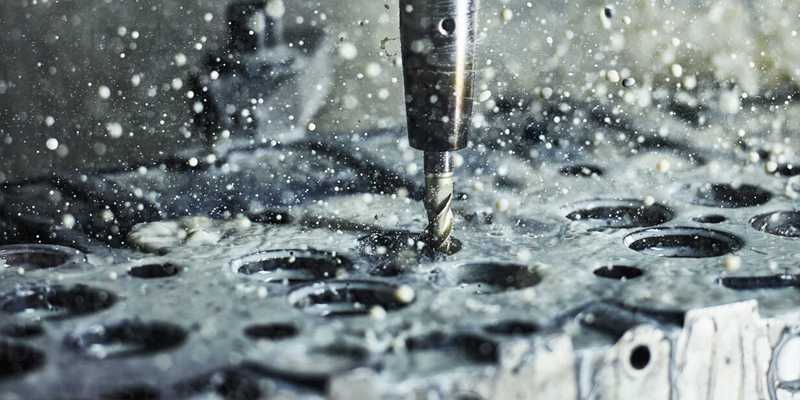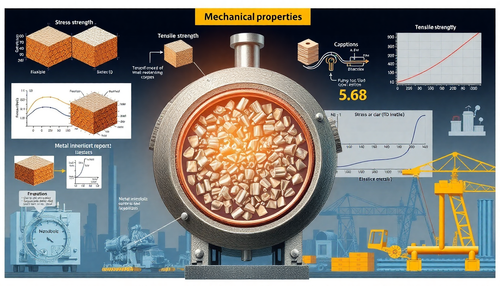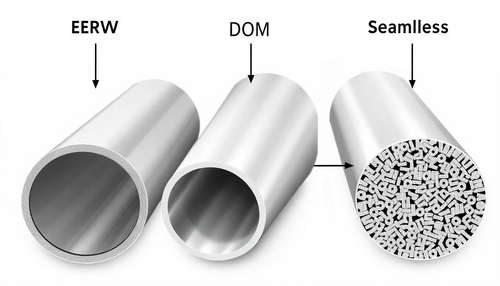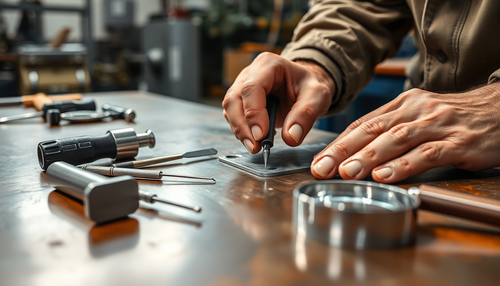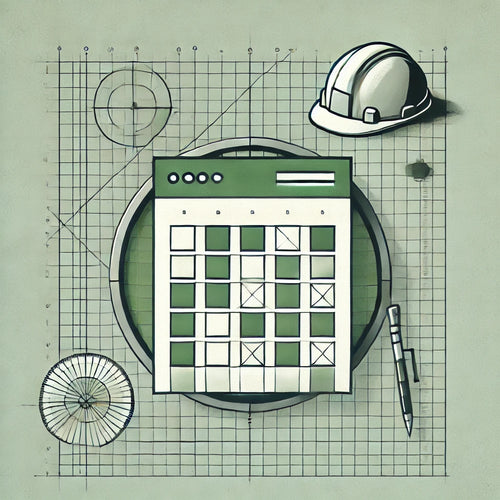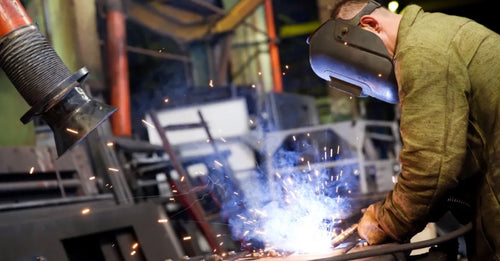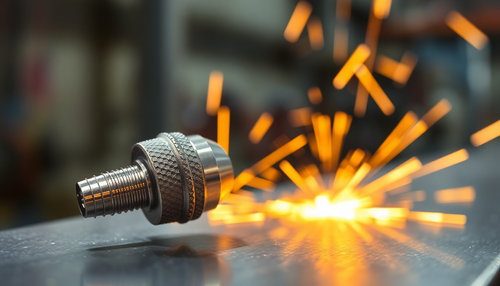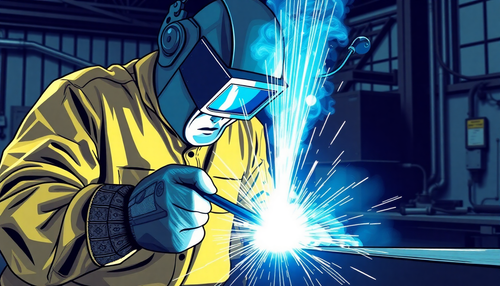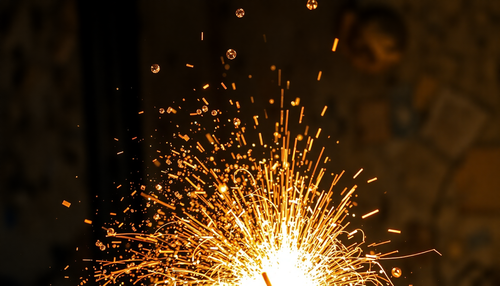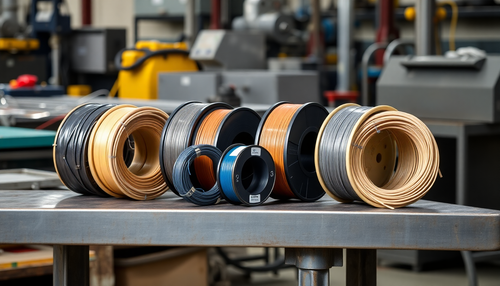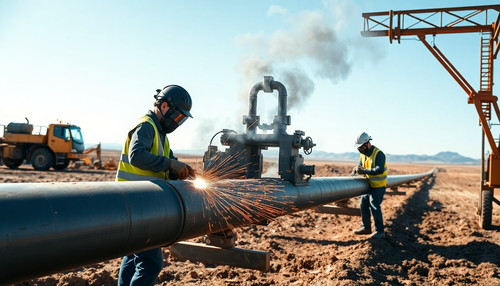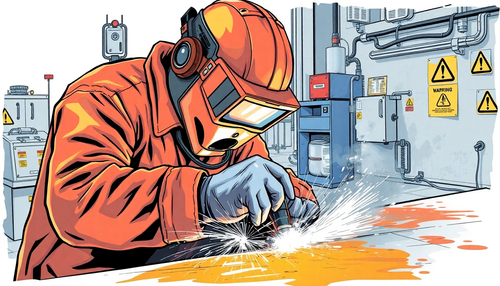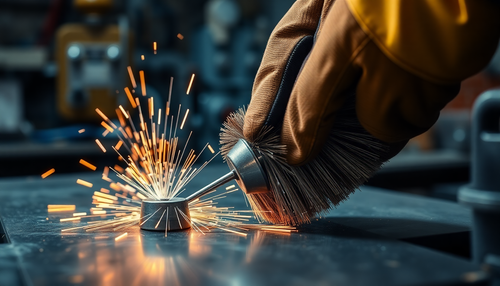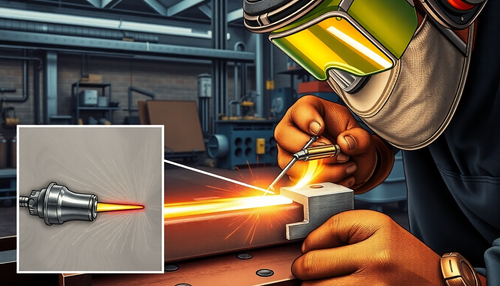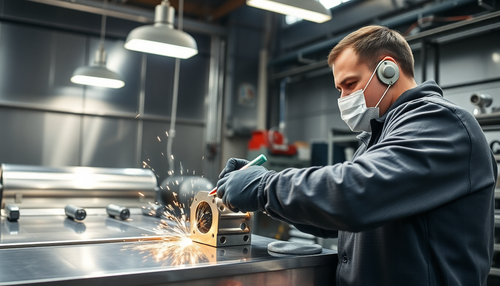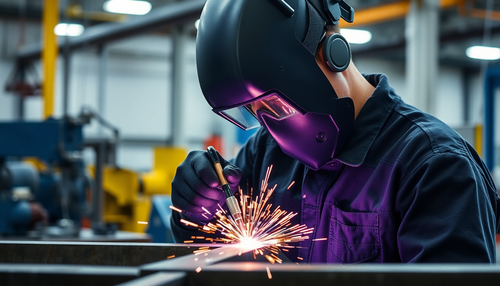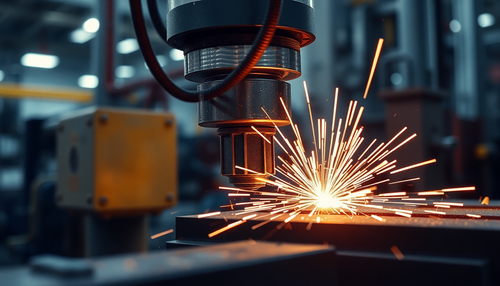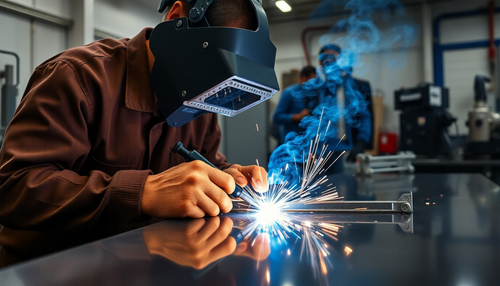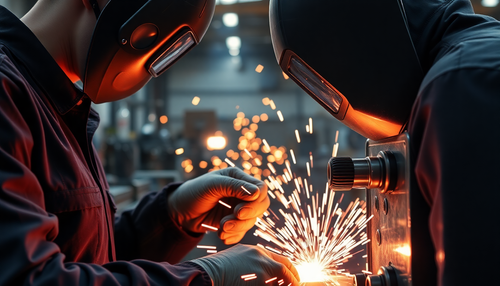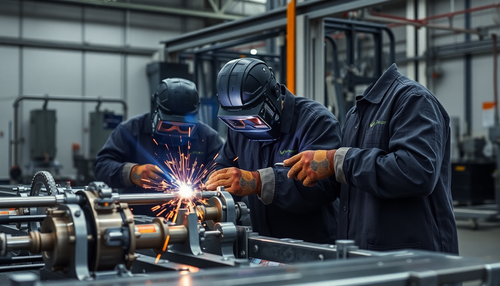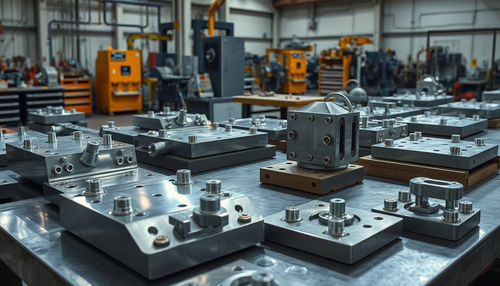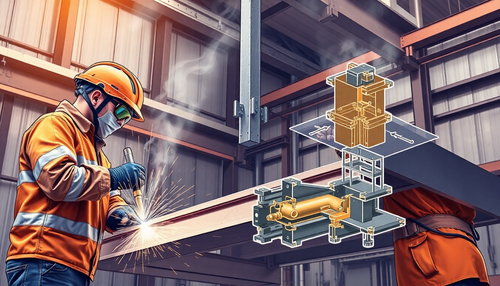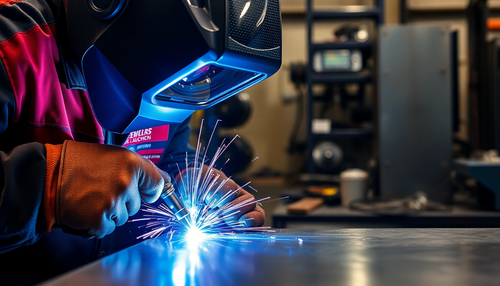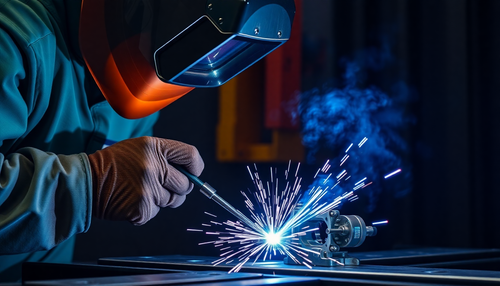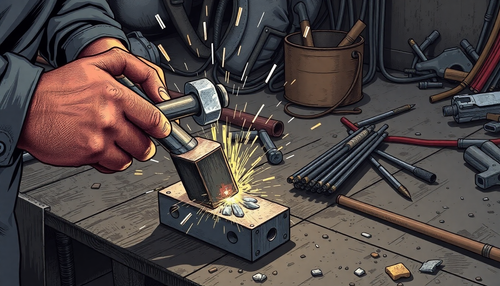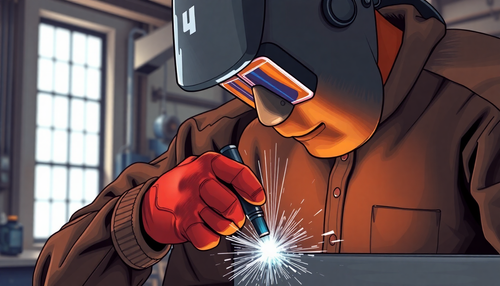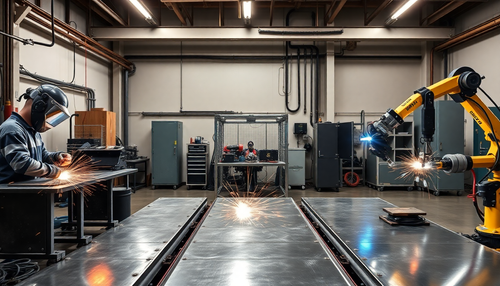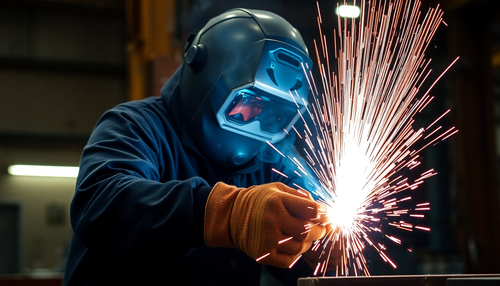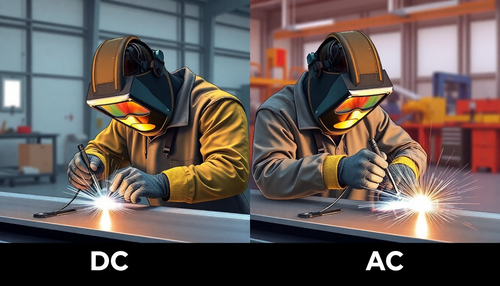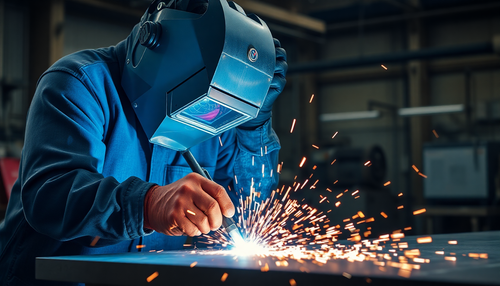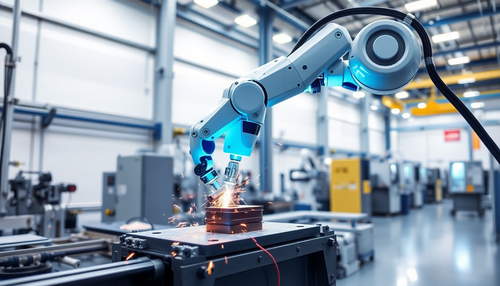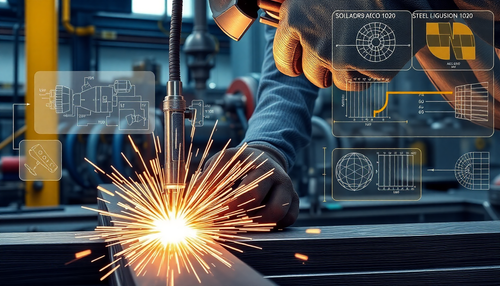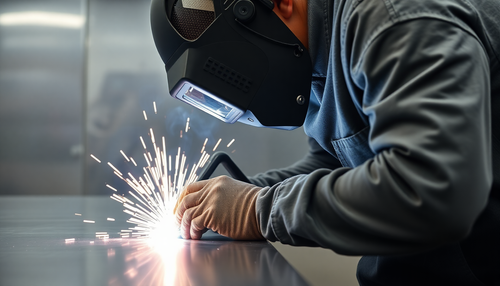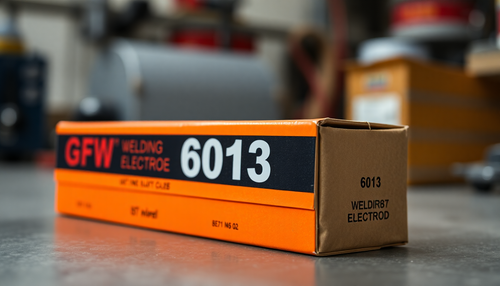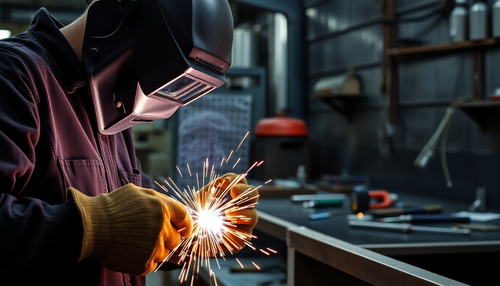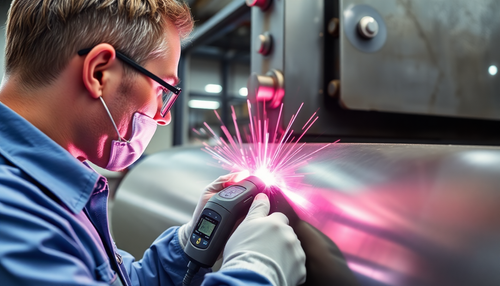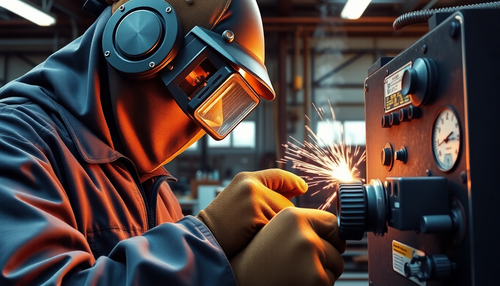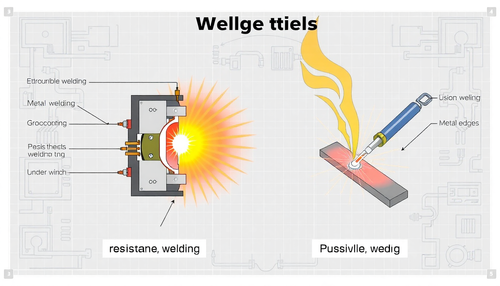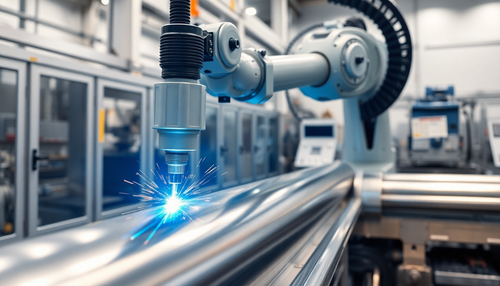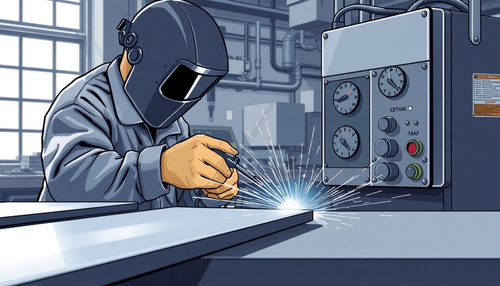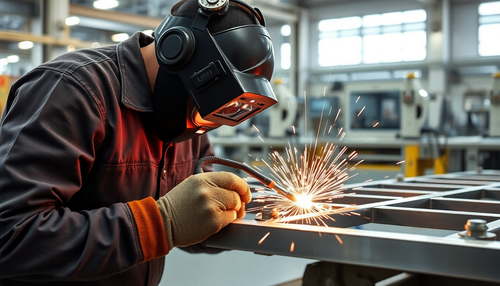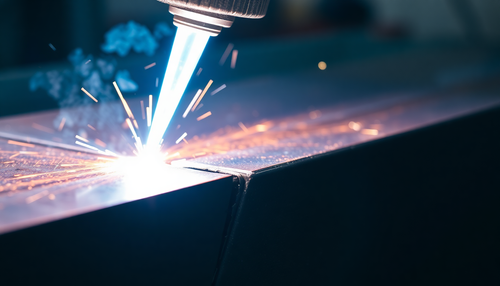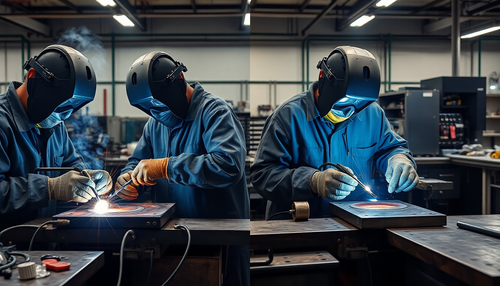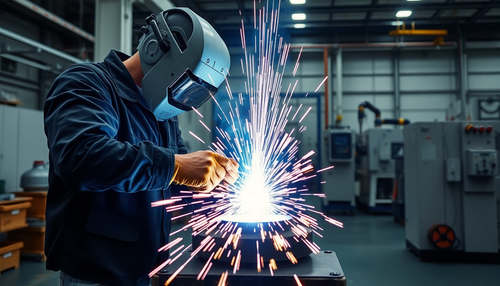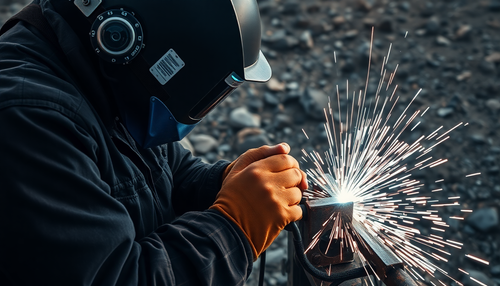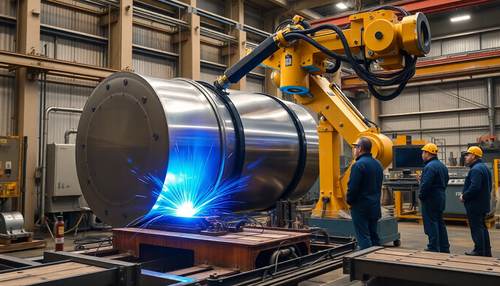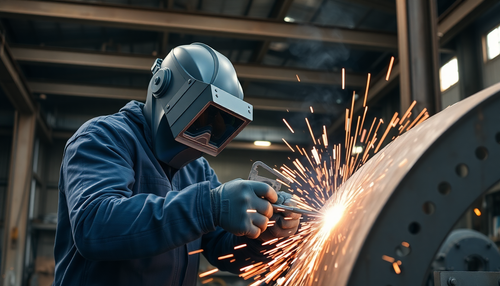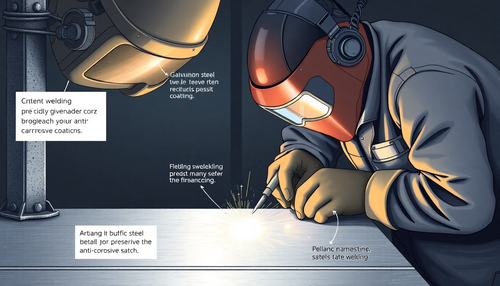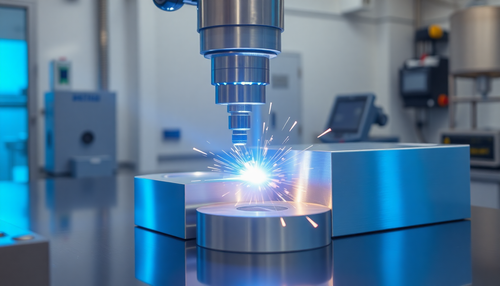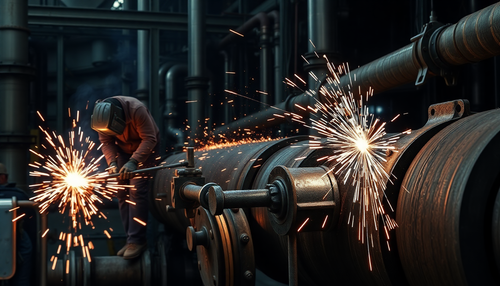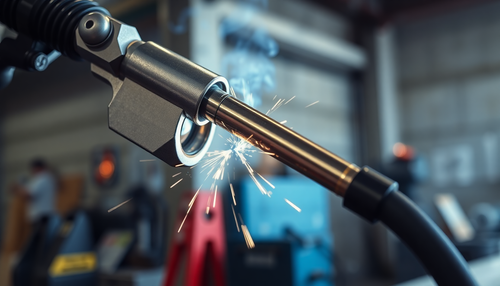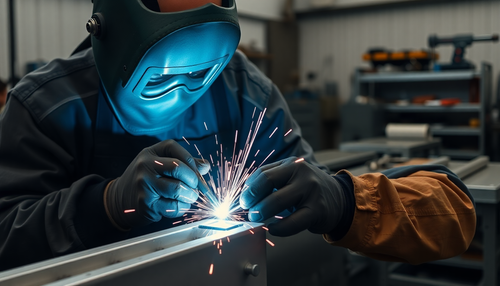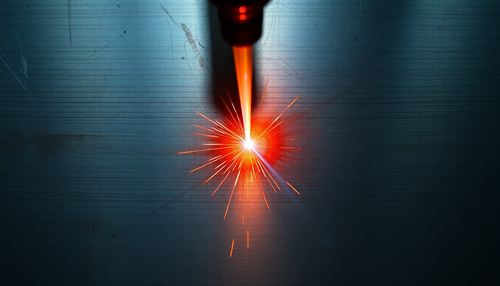
CNC drilling is a machining process that can be used to drill holes in parts. Therefore, it is essential in the manufacture of parts and products, especially products with different parts that need to be assembled. This article explains the process, machine types, and applications in parts manufacturing.
What is CNC drilling?
This CNC machining process involves drilling holes in a product using a rotary cutting tool or drill bit. The hole is the size of a CNC drill bit and is most commonly used for screws and nuts. Therefore, this process is often used for products that require the assembly of parts. They are also aesthetically pleasing.
How does the CNC drilling process work?
CNC drilling has a similar mechanism to other CNC machining operations, such as: B. Drilling processing. Below is a step-by-step guide to the drilling process:
Step 1: Prepare a CAD file
The first step in the drilling process is to design a CAD file for the CNC drilled part using software such as Autodesk Inventor or SolidWorks. The CAD file provides the operator with technical information about the components, such as tolerances, dimensions, etc.
Step 2: Export your design to a CNC-compatible file format
CNC machines only understand formats like STEP and STL. Therefore, you need to convert the created CAD file to a compatible format. Some software programs have this feature built in. However, for programs without this feature, you can use an online file conversion service. The file controls rotary and linear motion, tool path, speed, and other machine functions.

Step 3: Configuring the machine
Set up the drill press by attaching the CNC drill bits. Then attach the workpiece to the machine. Finally, carry out the drilling process and observe how the machine performs its function. Once complete, evaluate the drilled component and check for errors or imperfections.
Types of CNC drills
Different types of drills are used for this process and, like any other CNC machine tool, each one has its own characteristics and capabilities. Here are the common machines you can use and their basic and specific purposes.

1. Vertical CNC Drilling Machine
The CNC drill has a geared spindle head and is best suited for drilling heavy and large components. There is also a manual version. However, the operator must feed the workpiece into the CNC drilling head.

2. Radial Arm CNC Drilling Machine
This machine has a movable spindle positioned on a stationary part. This makes it more versatile and can perform multiple drilling operations that were not possible with the previous type.

3. Line punching machine
Line drills have several heads for drilling parts arranged above the work table. They are suitable for successive machining operations on a solid part.
4. Multi-spindle drill
This type of drill has several spindles. This allows you to connect multiple drill heads at the same time and drill a workpiece. These machines are the most used by many CNC machining service providers and are suitable for producing components with many holes.
5. Micro drill
Microdrilling machines are highly accurate. They have small chucks. Therefore, they are suitable for drilling components that require high tolerance and precision.
6. Tower drill
This type of drill has a turret with multiple workpiece heads. They are therefore suitable for drilling operations in which tools and tool positions on a part must be constantly changed.
Advantages of CNC drilling
CNC drilling technology offers many advantages over traditional drilling technology. Here are some reasons to choose CNC drilling technology:

Greater precision
The process is very precise compared to traditional drilling techniques. Automation through machines eliminates the need for human intervention. This means there are almost no errors. However, the level of tolerance associated with the process depends on the complexity of the machines.
Greater versatility
The process is compatible with many materials, including plastic, metal and other composites. Additionally, some machines have features that improve drilling operations. A good example is the multi-spindle drill, which allows you to mount multiple drilling heads and drill holes in a part at the same time.
Greater reproducibility
CNC drilling is carried out under computer control and is therefore extremely precise and accurate. Therefore, manufacturers do not need to worry about the consistency of different batches of the same perforated component.
Considerations and tips for drilling a hole
CNC drilling also presents some challenges and requires machinists to understand the process. Here are some tips for drilling holes.
Tip #1: Choose the Right CNC Drilling Head
Many exercises are based on material, structure and functions. Therefore, choosing the right CNC drill head can be challenging and is a common cause of many drilling errors. You can ensure you have chosen the correct drill head by checking compatibility based on the factors mentioned above. A better option would be to speak to a drilling expert or service provider about the best course of action.

Tip #2: Chip Removal and Breaking
Chips must be removed effectively during and after the CNC drilling process. Controlling chips is very important, as they can cause several problems. Here are some things you can try:
- Use a special chipbreaker: this will break the chips and make them easier to remove. Furthermore, breaking it into smaller chips improves heat dissipation and the drilling process.
- Increase feeding.
- Use intermittent power.
- Install a chip breaker.
Tip #3: Feeds and Speeds
Be sure to determine the cutting speed and feed rate to ensure efficient production. These factors depend on the shape of the cut and the type of material.
CNC Drilling vs. Threading: What's the difference?
CNC drilling and tapping are suitable for drilling holes in a workpiece. However, both methods differ in the type of holes they create. You can understand the difference between the two procedures if you understand the process.

As explained earlier, CNC drilling uses machines to drill a hole in a part by pushing the drill bit into the part. Tapping, on the other hand, involves creating a threaded hole by using a tap to drill a continuous spiral burr into the workpiece.
The most important difference between them is that CNC drilling creates a hole, while tapping creates a thread inside an existing hole.
Another important difference between CNC drilling and CNC threading is the type of drill used. CNC drilling usually uses a twist drill, while thread cutting usually uses a tap. Taps are specifically designed to create threads and are therefore not suitable for use in CNC drilling applications.
CNC Drilling Applications
CNC drilling has a wide range of possible applications. Some industry-specific process applications are listed below:
Sheet Metal Processing
The process is suitable for drilling automotive, aeronautical and structural parts – such as panels, engines, etc. It is accompanied by other CNC machining processes such as milling and turning.
Wood processing
Drilling operations are an important part of wood processing. With the machine, wood manufacturers can enjoy automation, accuracy, precision and high tolerances. Furthermore, the industry values aesthetics, something that the process guarantees.

Manufacture of computer parts and components
In this industry, CNC drilling is used in the manufacture of computer parts and components. These parts require drilling because they are largely assembled and the precision achieved in the process is crucial.
CNC drilling services for precision machined parts
CNC drilling is a critical machining process in several industries due to its precision. However, several factors such as high acquisition costs, operational errors and maintenance costs make purchasing a drill unprofitable. Therefore, outsourcing to a custom CNC machining service provider is the best approach.
Whether you require your parts to be drilled, tapped or otherwise finished, we meet your needs with high quality standards. So upload your CAD file today and get access to high-quality services at competitive prices and short delivery times.
Concluding
CNC drilling is a suitable method for drilling holes in products and parts. Like any CNC machining process, it is exact, precise and has low tolerance. Therefore, it is an important process in product manufacturing that requires the assembly of parts. This article presents the procedure, how it works and several tips that can help you. Do your parts need to be CNC drilled? We'll help you get started.
Common questions
What type of drill is used for deep holes?
The most commonly used drill bit for drilling deep holes is the parabolic flute drill bit. The reason for this is the larger opening of the groove, which makes chip removal easier.
What is the difference between CNC milling and drilling?
CNC drilling cuts a part vertically, while milling allows for horizontal, diagonal and vertical cuts.
What is threading in drilling?
Thread cutting involves drilling holes through which a screw fits. This is possible in CNC machining through various processes such as CNC milling, drilling and threading.

